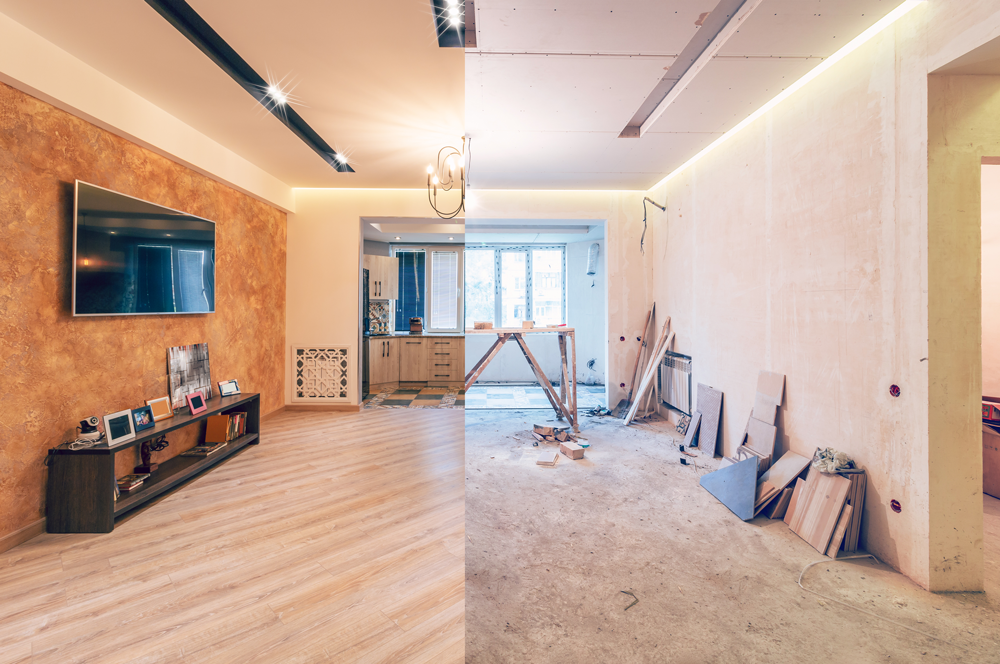It’s been a record year for home renovations. With countless Americans staying home for work or school and cancelling planned expenses like vacations, many people have gained the motivation and the means to repair, upgrade or expand their living spaces. But what if you don’t have the funds for a big renovation project sitting in your bank account? The right mortgage solution may hold the key to financing your renovation.
Home equity financing
The simplest way to finance a renovation project with a mortgage is often with a type of home equity financing. These options include cash-out refinances, home equity lines of credit (HELOCs) and home equity loans (also known as second mortgages). Although the details differ, each of these solutions involves taking out some of your home’s equity (the difference between your home’s value and your mortgage balance) as cash for your spending needs.
The advantage of home equity financing is that it’s a relatively simple mortgage transaction with few strings attached. The money you take out can be spent on anything, and there are no renovation-related forms, requirements or deadlines to fulfill. This means you can pursue your renovation however and whenever you like.
The limitation of home equity financing is that you must have enough equity in your home to withdraw. If you’ve been steadily paying off your home for many years, if you purchased your home with a big down payment or if your home’s value has increased significantly, you may have sufficient equity. If not, home equity financing may not be an option for you.
Since the start of the coronavirus pandemic, home equity financing has also become less available as lenders have tightened their requirements or reduced their number of loan products. Therefore, another type of mortgage has recently become more popular: renovation loans.
Renovation financing
Renovation loans are a special type of mortgage specifically designed for home renovations. Unlike home equity financing, how much you can borrow with a renovation loan is based on the after-renovation value of the home, not how much equity you currently have. That means you may qualify to finance a significant renovation project even if you have no equity at all. Renovation loans can also be used to purchase a home and renovate it – all with a single loan.
The drawback of renovations loans is that they come with more requirements and paperwork than home equity financing. Documentation and inspections may be required to ensure your project proceeds as planned, and you may need to complete your project within a certain timespan such as six or 12 months. Some types of renovation loans don’t allow financing for luxury features (such as swimming pools) or for second homes or investment properties.
Although renovation loans have extra hoops to jump through, an experienced loan officer can guide you through the process, and these extra steps may be well worth it to make your project a reality.
Conclusion
Renovating your home can be a significant investment, but the payoffs can also be substantial. A smart renovation can not only increase the value of your home but also increase the functionality, appearance and enjoyment as well. If you’d like to learn about your options for financing a home renovation, please get in touch.

